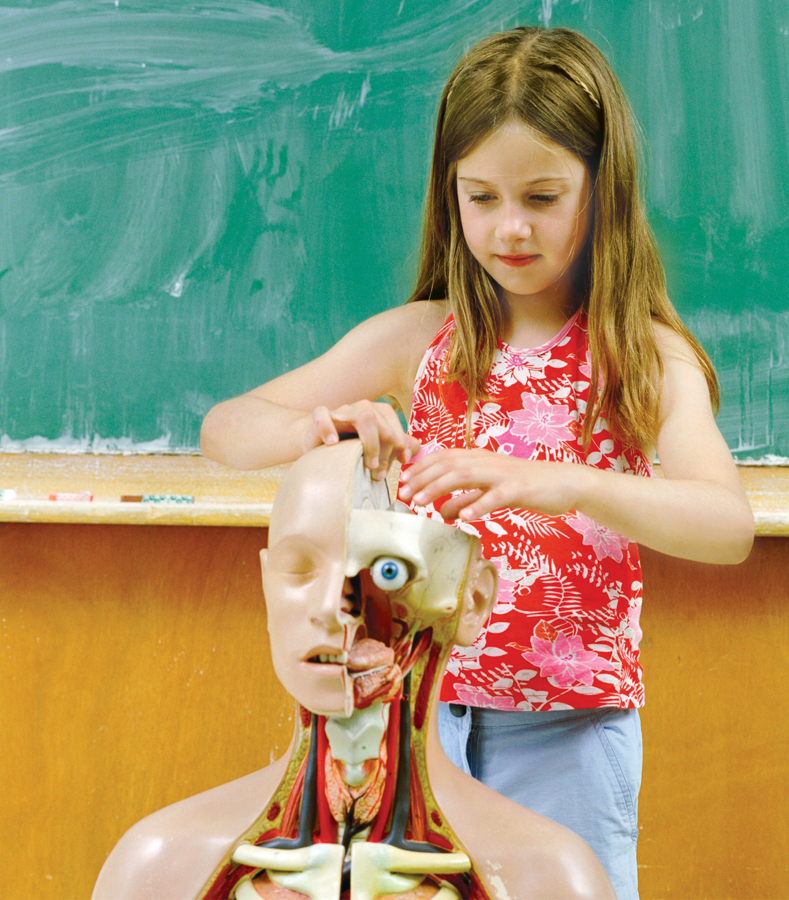Middle Childhood: Cognitive Development

WHAT WILL YOU KNOW?
- Does cognition improve naturally with age, or is teaching crucial to its development?
According to Piaget, children shift from preoperational to concrete operational thinking between ages 5 and 7. This shift happens naturally, and results in thinking that is more systematic, objective, scientific, and educable. According to Vygotsky, school can be crucial for cognitive growth. Peers and teachers provide the bridge between developmental potential and needed skills via guided participation and scaffolding, in the zone of proximal development.
- Do children learn best from experience or from explicit instruction?
Vygotsky acknowledges that education occurs everywhere, not only in school. Every experience, from birth on, teaches something. However, children in school display higher achievement scores than their same-
age counterparts who are not in school. Piaget contended that self- discovery is the most potent teacher. - Why do children use slang, curses words, and bad grammar?
Thanks to pragmatics, children learn to adjust their language to their audience. The informal code that children use with their peers often includes slang, curse words, and bad grammar because use of those things helps to differentiate peers from older people or strangers, with whom the formal code would be appropriate.
- What type of school is best during middle childhood?
The vast majority of students attend public schools, but there are growing numbers of charter schools, private schools, and home school options. Unfortunately, people disagree about the best education for a 6-
to 11- year- old. Developmentalists do not agree on whether class size, daily homework, or a particular curriculum is preferable.
At age 9, I wanted a puppy. My parents said no, we already had Dusty, our family dog. I dashed off a poem, promising “to brush his hair as smooth as silk” and “to feed him milk.” Twice wrong. Not only poor cadence, but also puppies get sick on cow’s milk. But my father praised my poem; I got Taffy, a blonde cocker spaniel.
At age 10, Sarah wanted her ears pierced. I said no, it would be unfair to her three older sisters, who had had to wait for ear piercing until they were teenagers. Sarah wrote an affidavit and persuaded all three to sign “no objection.” She got gold posts.
Our wishes differed by cohort and our strategies by family. Sarah knew I wouldn’t budge for doggerel but that signed documents might work. However, we were both typical school-
This chapter describes those cognitive accomplishments. We begin with Piaget, Vygotsky, and information processing. Then we discuss applications of those theories to language and formal education, nationally and internationally. Everyone agrees that extensive learning occurs; adults disagree sharply about how best to teach.